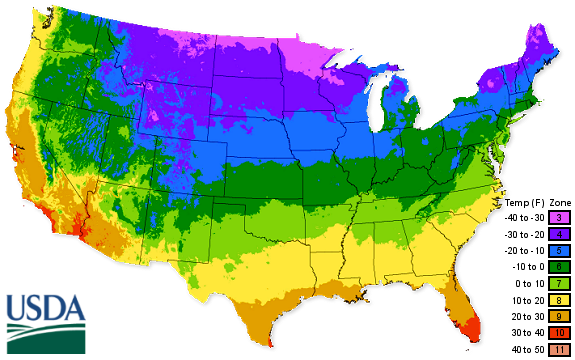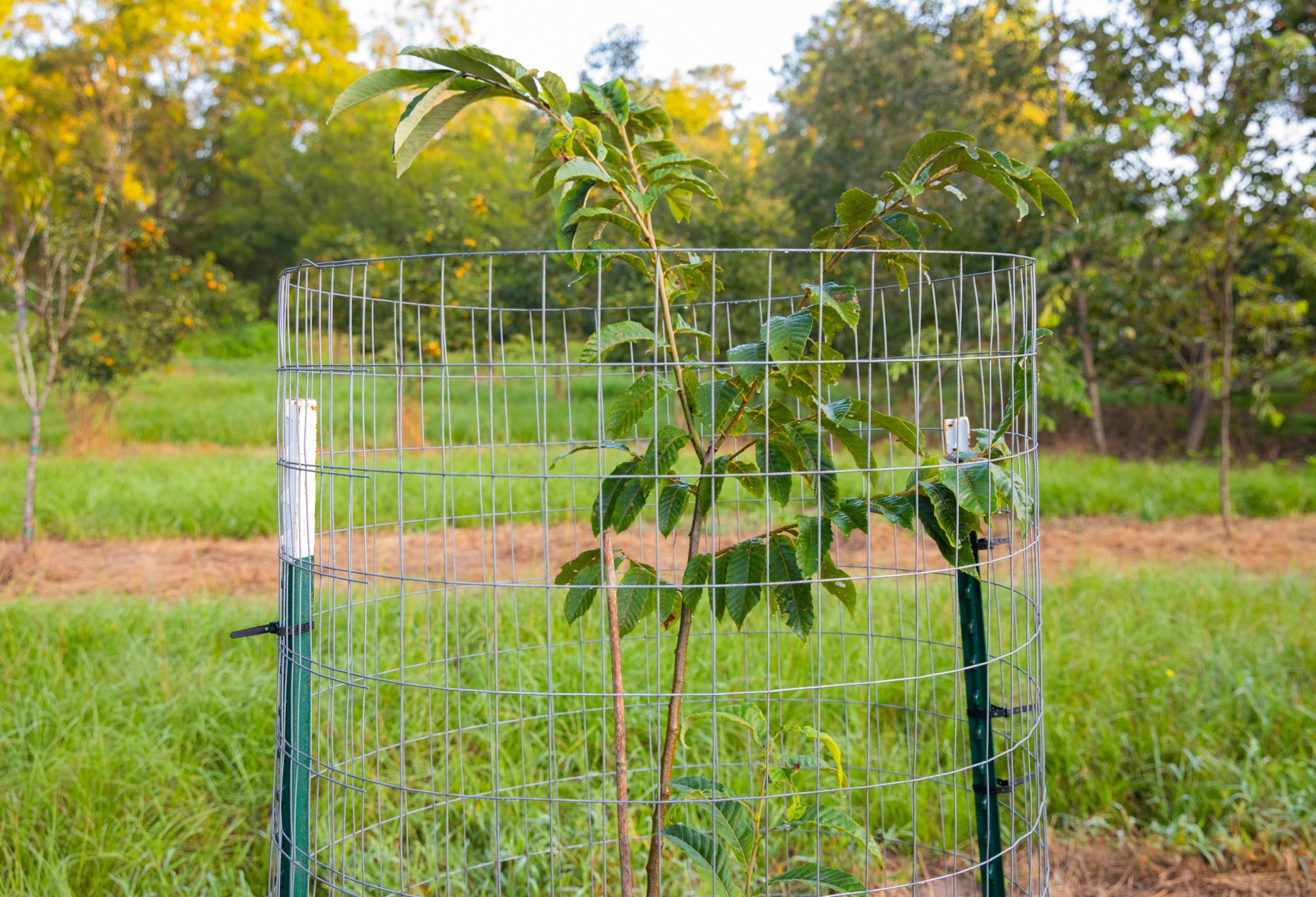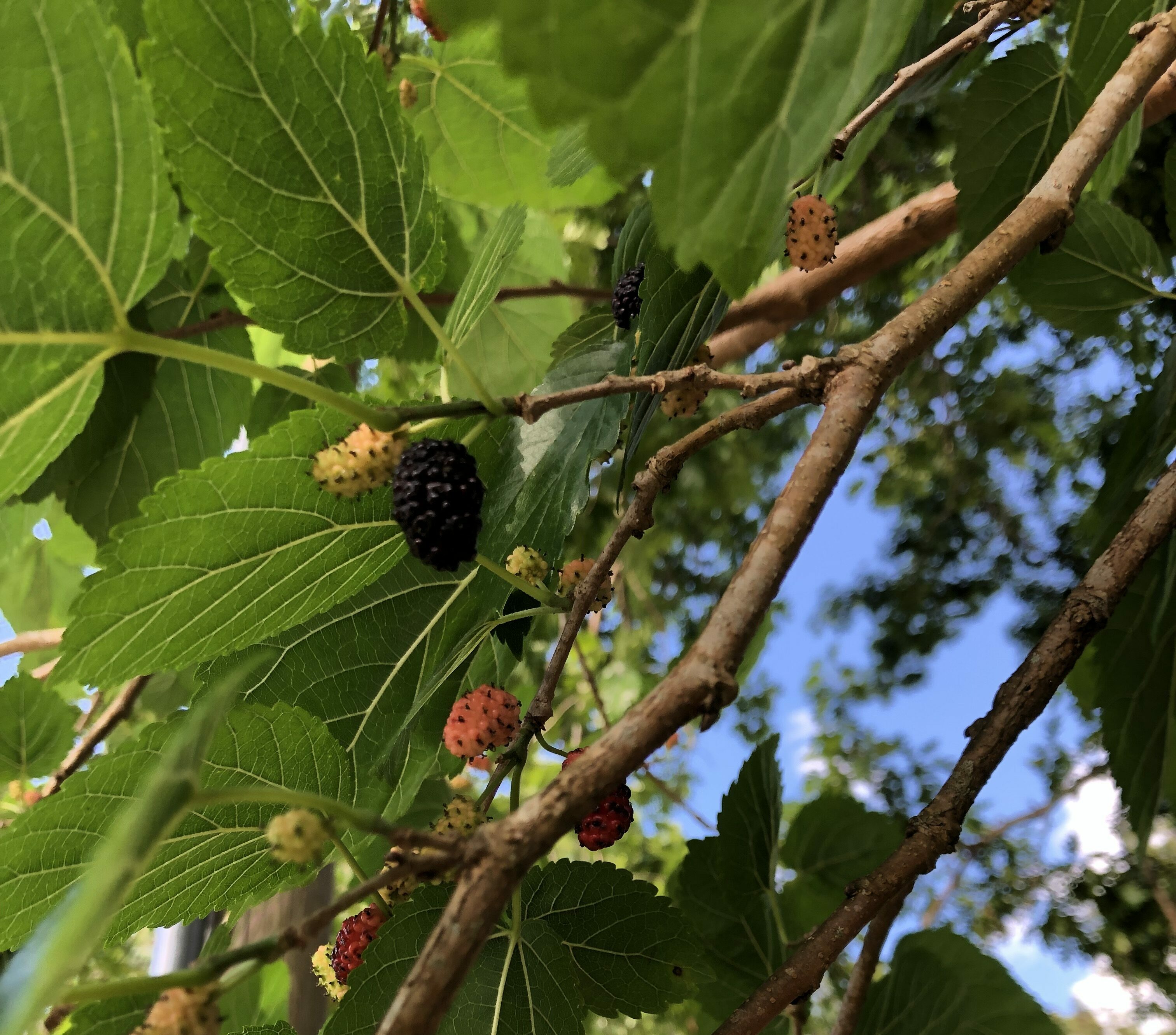Zone and Climate Awareness
Two of the best methods for modern land stewards to improve habitat and increase available nutrition for wildlife are food plots and mast orchards, and they differ in several ways. Establishing food plots is relatively inexpensive but requires annual or periodic maintenance. Up-front costs for mast orchards may be higher, but once they’ve put down roots, they require little or no maintenance and will continue producing year after year. If you want to maximize your initial investment in mast-producing trees and shrubs you should select varieties that are adapted to the local climatic conditions in your area and plant them where site conditions are optimal.

Before selecting species, you should determine the macro-climate – a characterization of average annual temperatures and rainfall. This is easily done by consulting the USDA Plant Hardiness Zone Map. Use the map to determine which zone you’re in. Then confine your selections to those best suited to your zone.
You shouldn’t be overly concerned about selecting the wrong varieties. Chestnut Hill Outdoors lists plant hardiness zones for each of their products and checks all orders to ensure plant species are appropriately suited for their destinations.


While you’re selecting stock, you should also think about where you plan to plant them.
Within a given plant hardiness zone and even in different locations on your property, variations in elevation, site location, directional orientation, and proximity to bodies of water can create greater temperature variations at a specific site. These so-called micro-climates can enhance or hinder particular plants’ growth rates and are an important consideration in choosing which tree species will do best in a specific area.
In general, try to pick a location that avoids low-lying frost pockets or areas that stay wet in the spring for extended periods during snowmelt. Soft mast trees provide a prime example. Species that break dormancy early could be damaged by late-season frosts that settle into frost pockets at the bottom of valleys or even swales but may do better on hillsides where the cold air drains off to the bottom and does not damage the trees. They may also do better in areas with a more southernly exposure warmed by winter sun and protected from prevailing cold north winter winds.


Left: Sheng Persimmon, drops fruit in early-mid fall. Right: Everbearing Mulberry, drops fruit in late spring.
Planting a range of hard and soft mast species increases the window of wildlife nutrition, providing more food over a longer time span. It also provides a hedge (no pun intended) against climatic fluctuations. In a dry year, brambles like raspberries and blackberries may not be as productive, but other soft-mast producers like mulberries, plums, and persimmons may still produce fruit. This can be particularly important if your area is prone to drought. Conversely, if you have more low-lying areas on your property, you may want to select varieties that are more tolerant of moist soils or even better suited to a cooler micro-climate.
Oaks offer another example. Botanists lump oak species into two general groups–red (or black) and white. Red oak acorns take two years to mature, while white oak acorns only require one year. That makes white oaks a more reliable source of mast, given favorable growing conditions. Conversely, the red oak’s two-year cycle is less consistent but something of an insurance policy against all-out mast crop failure during one bad year with a late frost or exceptionally dry conditions.
Here again, if your region is prone to drought, you might select varieties like Shumard or sawtooth oaks, which are better suited to well-drained soil. If you receive a lot of moisture in the form of rain or even late snowfall, you might lean more toward species like swamp white oak that prefer wetter soil.

You’ll want to include Dunstan Chestnuts in your planting plan. Besides being prolific producers of nutritionally superior nuts, they also lack the boom and bust cycles more common to oaks. Furthermore, their blooms come out later in the spring, so they are far less susceptible to broad-scale mast crop failures caused by late freezes.
In summary, start by selecting species that are appropriately suited to your site by using the USDA Plant Hardiness Zone Map and specific zone recommendations from Chestnut Hill Outdoors. As you do this, also keep in mind micro-climate variations on your property. Then maximize production by planting individual species and varieties in locations with the most favorable microclimate.


